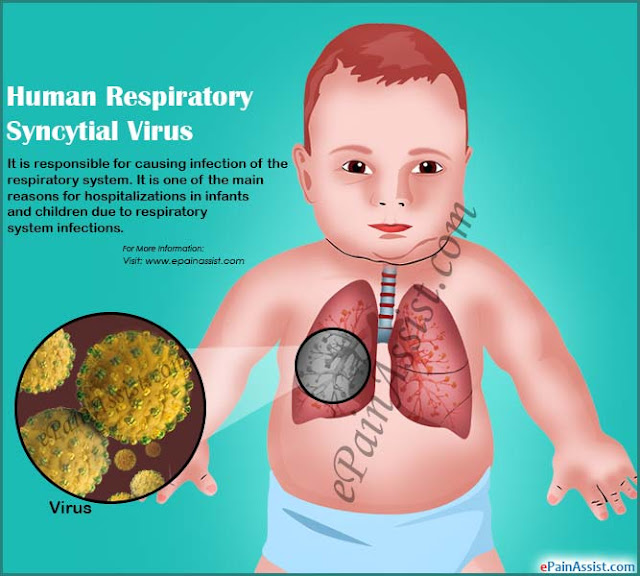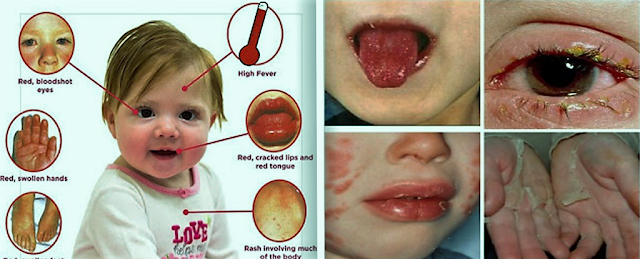A sunken fontanel occurs when the soft spot on a baby's skull becomes more deep set than usual. One of the major causes is dehydration
The human skull is made up from several bones that are connected by tough fibrous tissue called sutures. These sutures give the skull some flexibility, allowing the head to pass through the birth canal.
Where several sutures meet, they create a fontanel. Fontanels make the skull flexible enough for the brain to grow. When a child is born, it will have several fontanels on the skull, but the ones on the back (posterior) and top (anterior) of its head are the most well-known.
For many babies, only the larger anterior fontanel is open after birth. People refer to this fontanel as the soft spot.
Sometimes, the smaller posterior fontanel is also open and may be felt at birth but soon closes.
Over time, this flexibility becomes less necessary, so the fontanels close up, and sutures harden.
The anterior fontanel should curve slightly inwards but remain relatively firm. It is not always visible, particularly under hair. In some cases, the dip may be very pronounced and noticeable. This is a sunken fontanel, which requires medical attention.
Causes:
Dehydration occurs when an infant does not have sufficient fluid in their body to maintain normal functioning. This can happen for many reasons, including:
- vomiting
- not drinking enough fluids
- diarrhea
- fever
- urinating too often
Dehydration in children can range from mild to severe. More severe cases will require immediate medical attention to avoid complications.
A sunken fontanel can be a sign of dehydration. Other symptoms will usually be present and can include:
- dry tongue and lips
- dry, cool skin
- rapid heart rate and breathing
- infrequent urination
- no tears when crying
- sunken eyes
It is also possible, though uncommon, for a sunken fontanel to be a sign of malnutrition. Malnutrition can result from a calorie deficit or an underlying condition, such as malabsorption syndrome.
Infants with malnutrition will almost always display other signs, including:
- being underweight
- dry, inelastic skin
- dry hair that falls out easily
- fatigue or lethargy



Comments
Post a Comment